Tehran is famous for having several stunning high-rises as well as incredibly creative villas and residential buildings, but without a doubt, the most impressive ones are the ones that have lasted the test of time. Here are 16 of the most impressive Tehran historical places, ranging from structures with European influences to contemporary interpretations of historical structures.
1. National Museum of Iran
This National Museum, commonly known as the “Iran Bastan Museum” (Museum of Ancient Iran), is the first science museum in Iran and displays artifacts dating from the sixth millennium BC to the Islamic era. It has a total space of 2,744 square meters.
It was built in 1935, which is the year 11937. There are lecture halls, exhibition rooms, a library, etc. in this two-story museum. The museum’s first level is where prehistoric and historical artifacts are on exhibit. Islamic artifacts can be seen on the second floor. Up until 1987, the museum was closed for essential maintenance. It opened the same year under the name “National Museum of Iran.”
The most priceless items on show here include Qurans dating from the third to the thirteenth century A.H., a collection of silver coins from the Samanid, Al-e-Buyeh, and Qaznavi periods, as well as 61 gold pieces from the Samanid and Al-e-Buyeh eras. In addition to literature pertaining to Iran’s neighbors, this museum offers a collection of books and periodicals in many different languages about Iranian art, archeology, history, and more. This is one of the best historical places in Tehran, Iran.
2. Golestan Palace
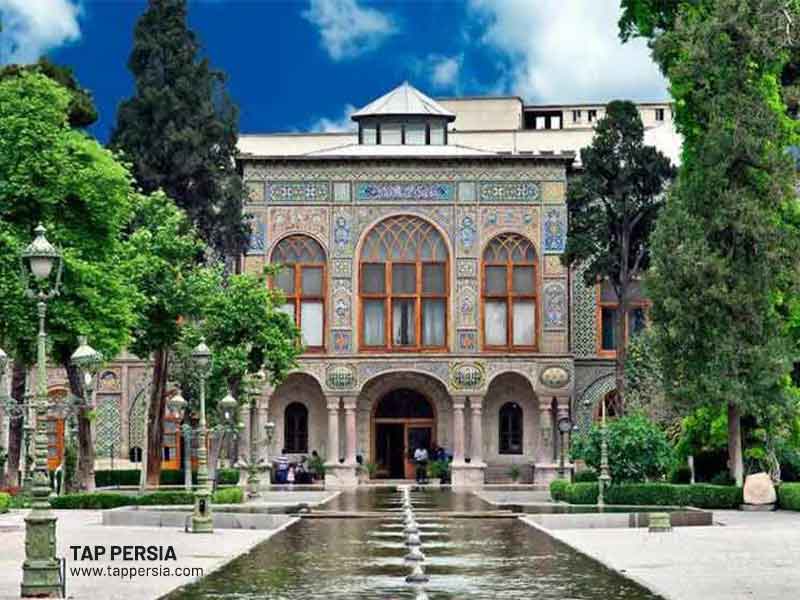
A prime example of the Qajar era’s masterful fusion of traditional Persian arts and architecture with Western influences is the opulent Golestan Palace. The Qajar family, who came to power in 1779 and established Tehran as the nation’s capital, established their seat of administration in the walled Palace, one of Tehran’s historical places.
The Palace’s most distinguishing elements and lavish ornamentation date from the 19th century and are built around a garden with pools and cultivated areas. It grew to become a center for Qajari arts and architecture, of which it is a superb example, and it continues to this day to inspire Iranian artists and architects. This famous building in Tehran embodies a fresh aesthetic that combines traditional Persian handicrafts with inventions from the 18th century in terms of architecture and technology.
3. Tehran bazaar
The Fathali Shah Qajar era is memorialized by this bazaar and is considered one of Tehran historical places. It has various shops, a maze of streets, and passageways. This bazaar is regarded as Tehran’s and the nation’s primary commercial market and trading hub.
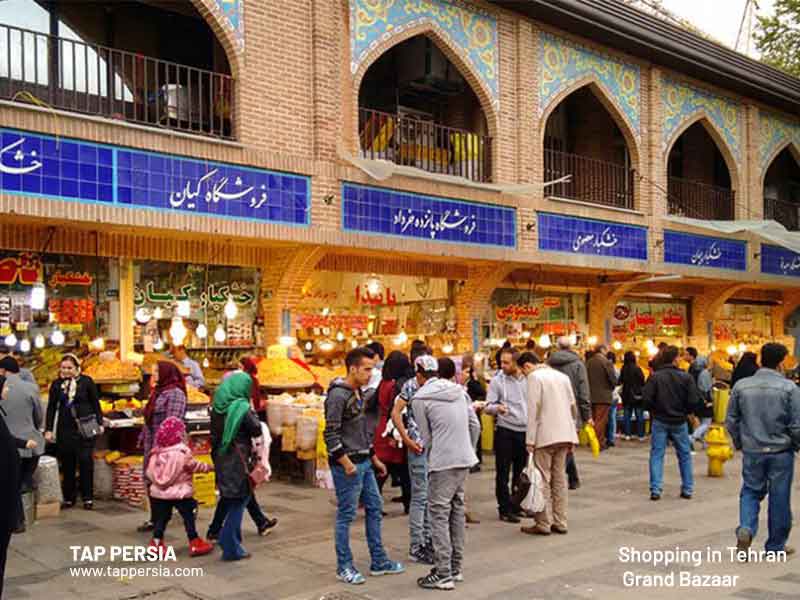
The Bazaar-e-Amir, Timcheh (arcade) of Amir Aqdas, Timcheh of Sadr Aazam, and Timcheh of Ketab forooshan or book merchants arcade make up the primary areas of this market hub. The Grand Bazaar is home to banks, guest rooms, mosques, and stores.
The architecture of the bazaar’s older sections is typically comparable, while that of its 20th-century additions is frequently surprisingly different. Plaster molding and ornate brickwork were used in several constructions in the late 20th century to enhance the bazaar’s aesthetic appeal.
The Grand Bazaar(Iran traditional bazaars) is still a significant commercial hub today. However, a large portion of the city’s trade and finance has been relocated to brand-new, affluent, and gentrified areas of northern Tehran. Along with traditional commodities, the market appears to be expanding for watches and regional jewelry, most likely as a result of the expansion of tourism.
4. Carpet Museum of Iran
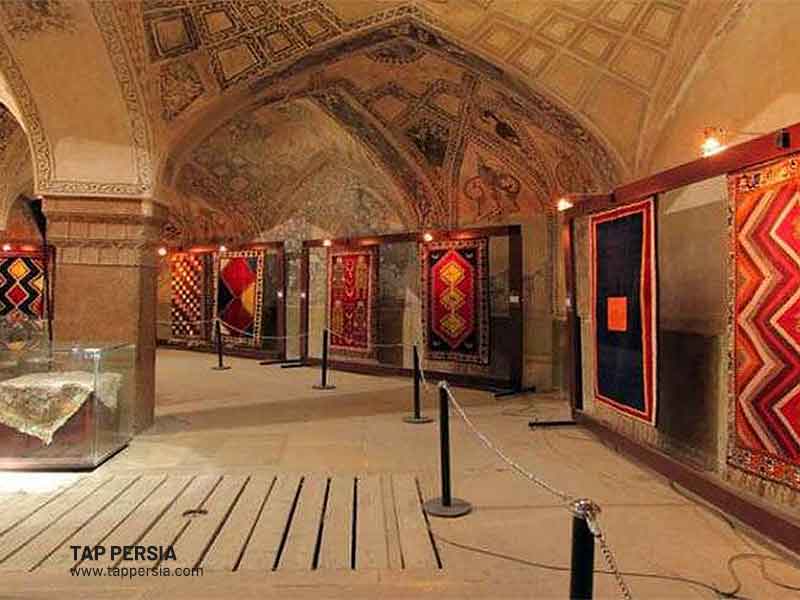
The Carpet Museum of Iran is another one of the most remarkable historical places in Tehran. This exquisitely designed building, with its carpet-shaped front, is situated to the northwest of Laleh Park. The display space, which is 3,400 square meters in size, is made up of two rooms where carpets and Kilims are on display. The inauguration day was in 1977.
Undefined Added to its library are 3500 books. The samples of Iranian carpets in the carpet museum’s collection date from the ninth century A.H. to the present. On the ground floor, there are about 135 masterworks of Iranian carpets on show. Considering the 2,600-year-old “Pazirik” that was found in southern Siberia in 1949, the art of carpet weaving in Iran stretches back to the pre-Achaemenian era. The Iran Carpet Museum’s upstairs gallery is used for temporary exhibitions; however, it typically features more “tribal” art.
5. Shams-ol-Emareh
Tehran was chosen as the capital city of Iran in the 19th century by Agha Mohammad Khan, the founder of the Qajar dynasty; yet, he did not make many major alterations to the city’s architectural design. Other than a few modern additions to mosques, gates, and the Shams-ol-Emareh residence, the Grand Bazaar, one of Tehran historical places, is another remnant of this time period.
Your day would be memorable if you went for a stroll and stopped at the entertaining stores that are close to one another and arranged into various hallways with multiple entrances, each specializing in selling different kinds of items.
This is Tehran’s lone wholesale center, which would surprise everyone due to its classic architecture. This is the place to go if affordable costs are important to you.
6. Sa’adabad Complex Museum
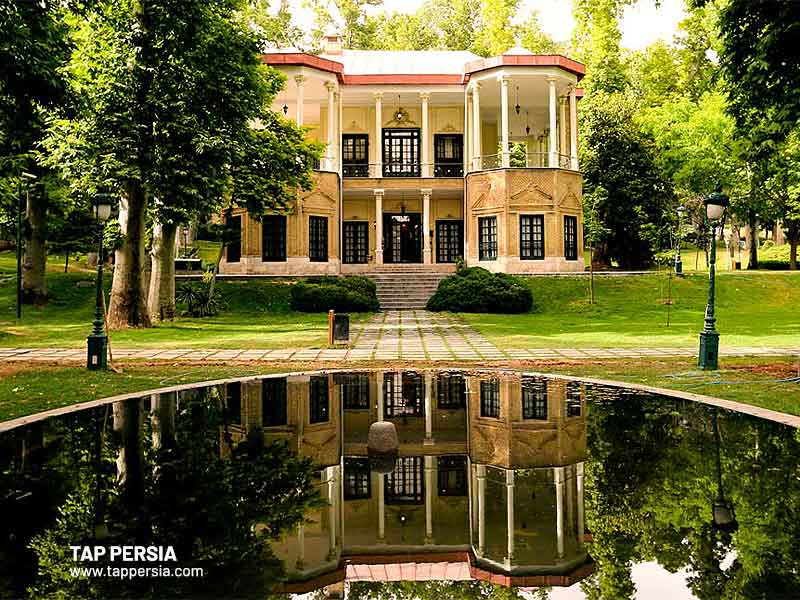
The Saadabad Palace Complex(Iran Historical Sites), also known as the Sa’dabad Complex, is a great location to learn about Iranian history, mythology, and culture. One of the most well-known palaces in the complex is the Shahvand Palace, also referred to as the Green Palace.
The unique pearl green stones that decorate the outside of this palace gave it its name. The mirror walls of the Green Palace, which is covered in intricately woven Persian carpets, are one of its highlights. Before it was transformed into a museum to showcase the lavish clothing of the Iranian royal family, the Royal.
Costume Museum served as the summer home for Pahlavi dynasty members.
This Tehran historical place also houses the Water Museum, the Military Museum, and the Royal Kitchen Museum. Between trips to the palace and the museum, tourists may unwind in the sun in the complex’s verdant gardens.
7. Green Palace
The Shahvand Palace, which was also known as the Green Palace, was built during the end of the Qajar era. It may be reached by climbing up to the Sa’d Abad Museum Complex’s northwest corner. The building’s present name, given by the Pahlavis after extensive renovations, derives from the exterior’s mossy green stone.
With wall-to-wall mirrors in the bedroom and the fittingly titled Mirror Hall, the decor is extravagantly lavish. Later, the palace was utilized by distinguished visitors as both a private reception hall (upstairs) and dwelling (downstairs). Reza Khan built this mansion in 1927 on the Sa’d Abad hills to the northwest of Darband.
There is a mirror pavilion, a recreation area, a dining room, a bedroom, and an office space in this palace. Green stones adorn the facade of this castle. The priceless carpets within are works of art made by renowned Iranian carpet weavers. In the years 1974–1975, the majority of the palace’s ornamental items were imported from Europe.
8. Borj-e-Milad (Milad Tower)
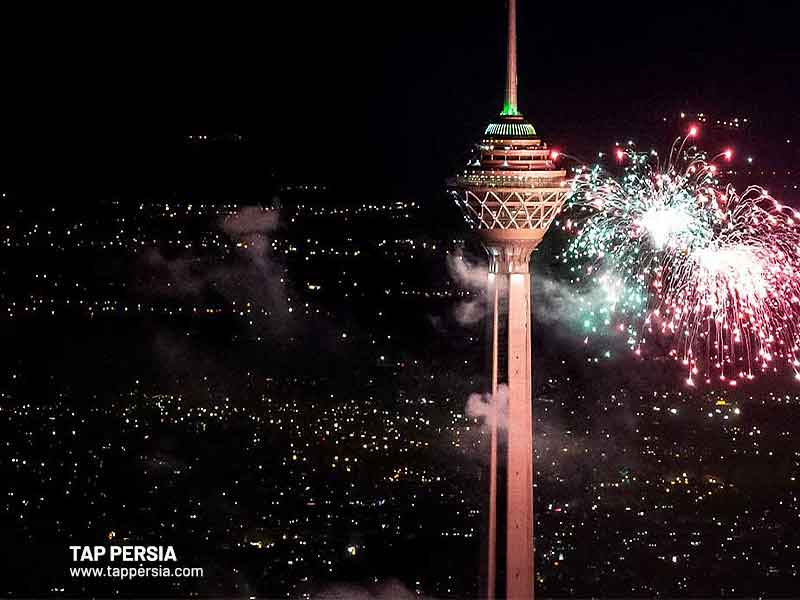
Skyscrapers that soar to the sky may be seen as you go through Tehran. The 435m-tall Mild Tower is one of them, bringing the sky closer to its guests.
The highest communication tower in Iran and the sixth tallest in the world is where you may go if you want a 360-degree panorama of Tehran. Its construction lasted more than ten years. This multi-use complex, which is visible from most areas of the city, is a landmark of Tehran.
Milad Tower, created by Dr. Mohammadreza Hafezi, is made up of a base, a six-floor lobby, a shaft that is encircled by six glass elevators on three of its sides, and an emergency evacuation stairway on its fourth, a massive twelve-floor head structure, and a 120 m-high mast. This landmark building has consolidated telecommunications, commerce, culture, and recreation in one location.
You may take in a panoramic view of the city from both closed and open viewing decks, but this microcosm also has a lot more fun for you. Visit the tallest non-coastal dolphinarium in the world, the laserium, and the 6- and 7-dimensional theaters, or play paintball with your pals for some friendly rivalry.
Afterward, you may spend some time perusing the tower’s many commerce areas and artificial waterfall, as well as the Municipality Museum, Coin Museum, and Museum of Famous People. You may also visit the Skydome on the top floor, which is accessible to the general public.
9. Glassware and Ceramic Museum of Iran
The Glassware and Ceramic Museum, originally known as Abgineh, was established in 1980 and is situated in the palace built in 1915 by a former prime minister of Reza Shah’s administration.
The Glass & Ceramics Museum is one of the best Tehran historical places and is small yet exquisitely designed, like many of its shows. With thorough, understandable English explanations that track the history of the nation and the region via the meticulously presented glass and ceramics that have survived, the galleries take you chronologically through the years.
The elegant wooden staircase and traditional stucco moldings of this late Qajar-era structure are particularly lovely, and there are numerous fine carvings and ornamental flourishes throughout. The structure, which was originally built as a private mansion for a notable Persian family, formerly served as the Egyptian embassy.
10. Portal of Bagh-e Melli (National Garden)
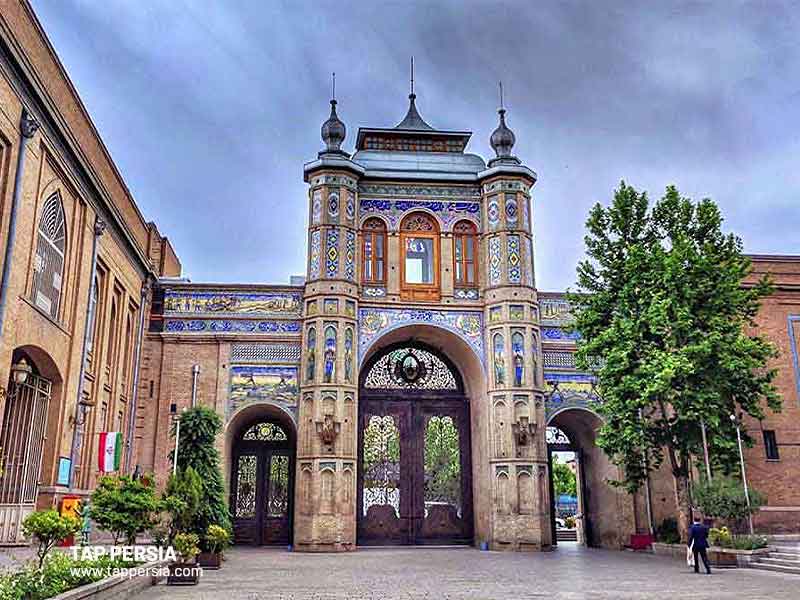
One of the last remaining Qajar-era structures and amazing Tehran historical places is Bagh-e Melli (The National Garden), which is situated in the heart of Tehran. It was constructed in 1906 by Jafar-khan Kashani and restored in 1922 under Reza Khan’s direction as the War Minister. The army-owned parade field has an entrance built inside this doorway.
The first public garden in Tehran was planned and built after the gate was constructed, in the vicinity of the parade field. The Parade Ground’s gateway was afterward referred to as “The Portal of Bagh Melli.” Currently, Bagh-e Melli, a government complex, serves as the home of the Iranian Ministry of Foreign Affairs, National Museum of Iran, Malek National Museum, and Future National Museum of Post.
11. Hasan Abad Square
The Qajar dynasty ruled over the region that now houses Hasan Abad Square during its inception. Hasanabad Square was established by Mirza Yusef Ashtiani, Naser ed-Din Shah’s vizier, and is named in honor of Mirza Hasan Ashtiani, who briefly served as Iran’s prime minister. The square was renamed The 31st of Shahrivar after the 1979 Revolution to honor the Iraqi bombers’ attack on the Iranian air facilities. The new name, however, was dropped, and Hasan Abad was reinstated.
At one time, the area was home to a statue honoring Malek ol Motekallemin, a constitutional activist from the Qajar dynasty. The monument was relocated to the City’s Park’s shop after the 1979 Revolution for unknown reasons before disappearing entirely.
12. Ferdows Garden
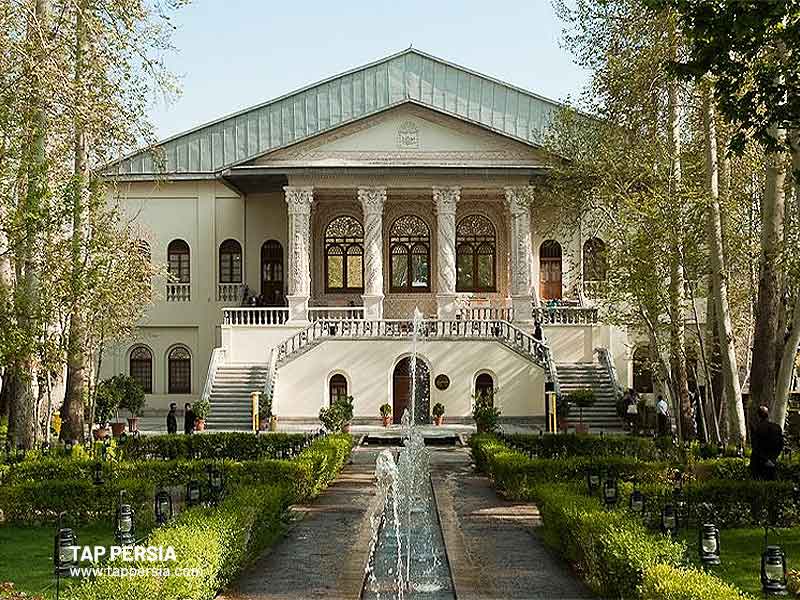
One of the most significant and ancient Tehran historical places in the Shemiranat neighborhood is Ferdows Garden, which is situated in one of the area’s older neighborhoods of the same name. It is still standing from the Qajar period and has been a cinema museum since 2002.
The structure has three levels and one subterranean story, with a foundation of 1000 meters, and the garden space is 20,000 square meters. The first floor of this structure is at the same level as the southern half of the garden, and its ceiling is at the same level as the northern part due to the building’s severe northwest-to-southeast floor tilt. Beautiful moldings, broad, rounded pillars, and elegant moldings are all throughout the Ferdows Garden structure.
With the registration number 1876, this artifact was recognized on August 2nd, 1997 as a national treasure of Iran.
13. Niavaran Palace Complex
The Niavaran cultural-historical complex is a significant natural-historical site and is located in the north of Tehran in a huge garden with an area of 11 hectares. Monuments from the Qajar and Safavid periods may be seen in this compound.
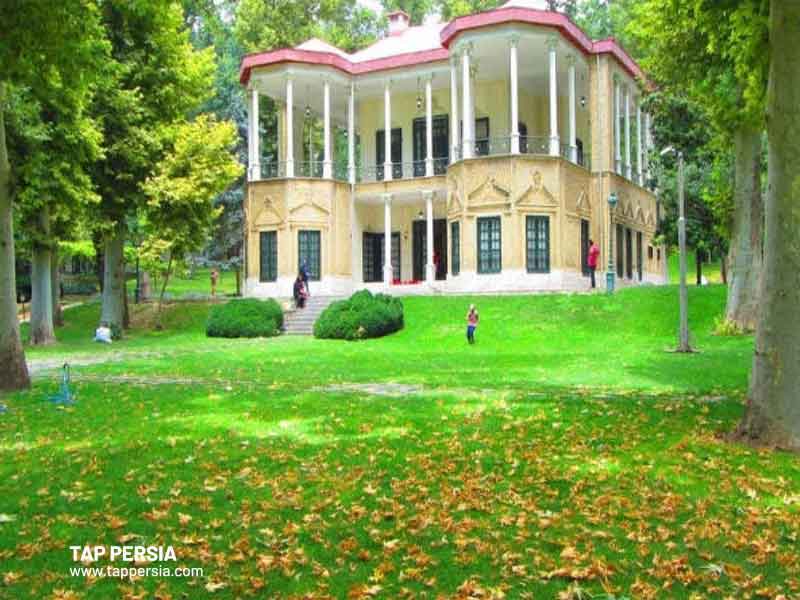
Just a few of the former royal buildings in this area are the Ahmad Shahi Pavilion, Sahebqaranie Palace, and Niavaran Palace.
Iran’s stunning works of art made by Iranian craftsmen, rare gifts from other countries, and historically significant buildings entice travelers and visitors from all over the world. This creative and cultural fusion is one of Iran’s and the world’s greatest accomplishments.
14. Treasury of National Jewels
The Central Bank owns the vast vault that holds the so-called “Jewels Museum,” and it may be visited through the bank’s front doors. This collection of jewelry is simply jaw-dropping since the Safavid, Qajar, and Pahlavi rulers decked themselves and their possessions with an incredible variety of costly stones and precious metals. The Peacock Throne and the Globe of Jewels are prominent elements.
Be sure to see the Darya-ye Nur (Sea of Light), a pink diamond weighing 182 carats and reputed to be the largest uncut diamond in the world, as well as the Peacock (Naderi) Throne outside the vault door, the tall Kiani Crown made for Fath Ali Shah in 1797, the crowns worn by the last shah and his wife, Farah, and the incredible 34 kg Globe of Jewels, created in 1869 using 51,366 valuable stones, all but Iran, Britain, and France’s land is covered in rubies, while the oceans are composed of emeralds.
15. Moghadam Museum
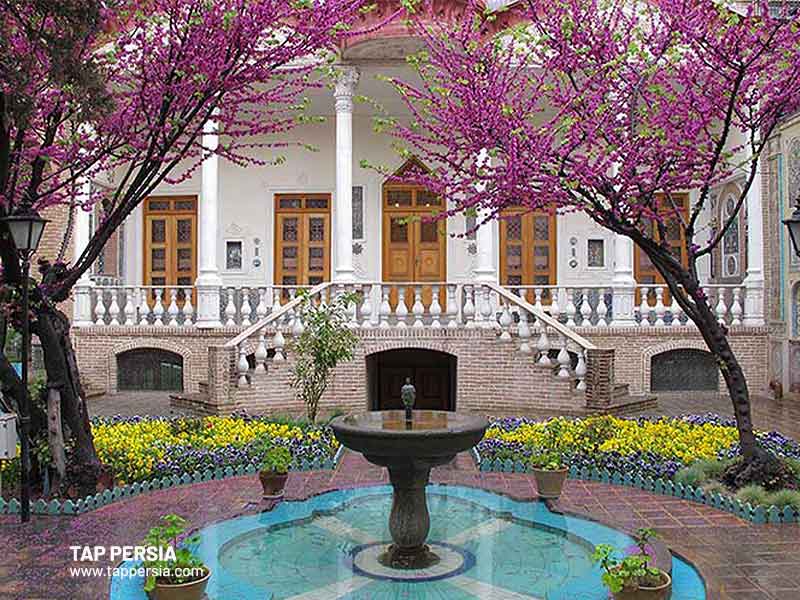
At reality, Master Mohsen Moqadam’s parents live in the Moqadam Museum. It is one of the magnificent Qajar mansions, and Muhammad Taqi Khan Ehtesab Al-Molk, an admiral at the time, was the owner.
Mohsen Moqadam was one of Master Kamal Al-pupils. Molk’s was an archaeologist, the creator of the Fine Arts University, and a professor at Tehran University.
He and his French wife made the decision to invest their all into starting a museum of valuable items in danger of being destroyed. This old home is 2117 square meters in size and includes three outside yards, one internal Andaruni, and one janitorial.
This palace is precious because it has historical significance, and in the 1960s, it was among the costliest historical homes in the world. Other priceless items in this mansion include the usage of golden tiles, which are exquisitely incorporated into the walls.
16. Museum of Time
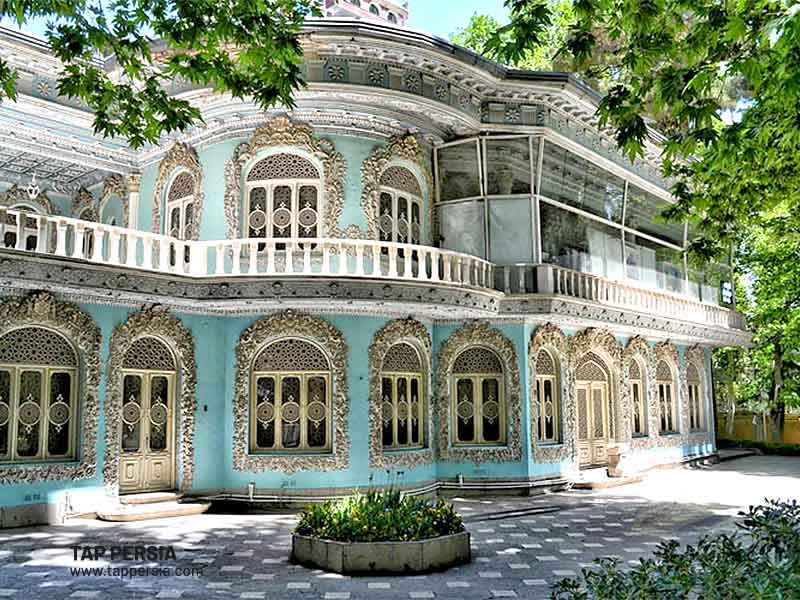
There may have been buildings in the five-hectare garden that surrounds the palace as early as the time of Mohammad Shah Qajar or Naser al-Din Shah Qajar. Hossein Khodadad, an Iranian entrepreneur, bought it in 1963–1964 and had it extensively restructured and repaired. Khodadad only spent a year in the home before it was taken over by the government following the Iranian revolution and turned into a museum of time that now houses about a thousand antique clocks.
The Iran Time Museum is home to a sizable collection of timepieces. Water clocks, hourglasses, sundials, and other clocks that counted time by the gradual burning of an item like a candle or rope are among the other measurement tools in its collection. The museum also has particular timepieces that belonged to well-known historical individuals. Be sure to check this museum which is considered the greatest Tehran historical places.

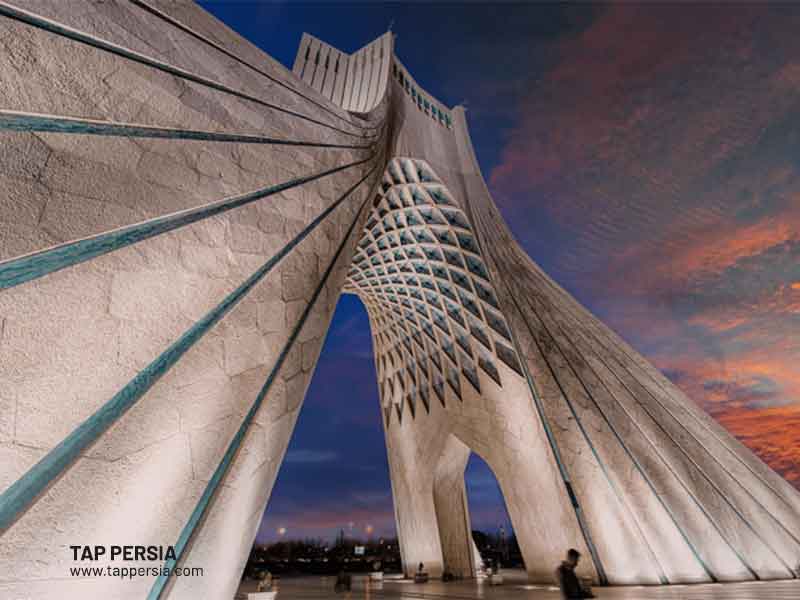


Comment (0)